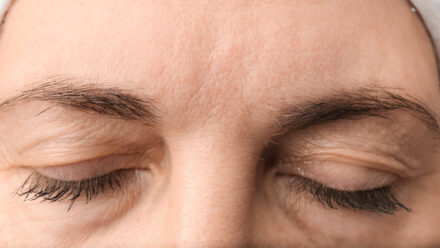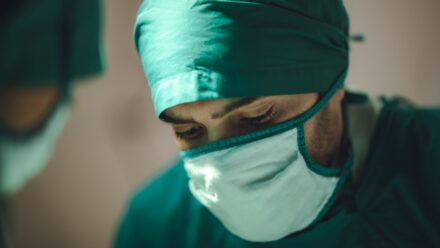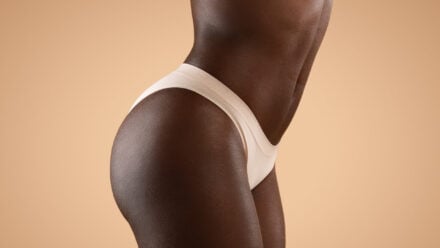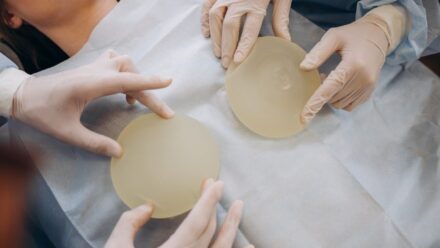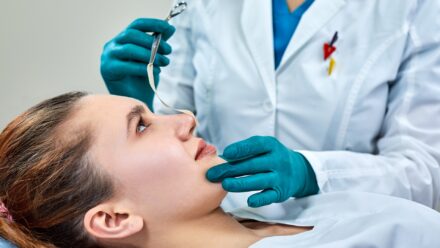While many get a rhinoplasty for purely aesthetic purposes, for others, getting a nose job isn’t just an option; it’s a necessity. Certain medical conditions disrupt the airflow in the nose, causing breathing issues. This highlights that nose surgery can be done to improve the functioning of the nose by improving breathing. So if you are curious about how a rhinoplasty can help with breathing problems, keep reading. We will also explain what conditions cause breathing issues.
🩺 The connection between the nasal structure and breathing function
Our noses play an immense role in our well-being. The nose helps to clean out the air we breathe, as well as warming the air before it enters our respiratory system.
Furthermore, the hair in the nose is what grabs on to allergens and dust to keep them from entering our system.
Any obstruction or deformity in the nasal structure causes a plethora of issues. This, in turn, affects one’s quality of life immensely.
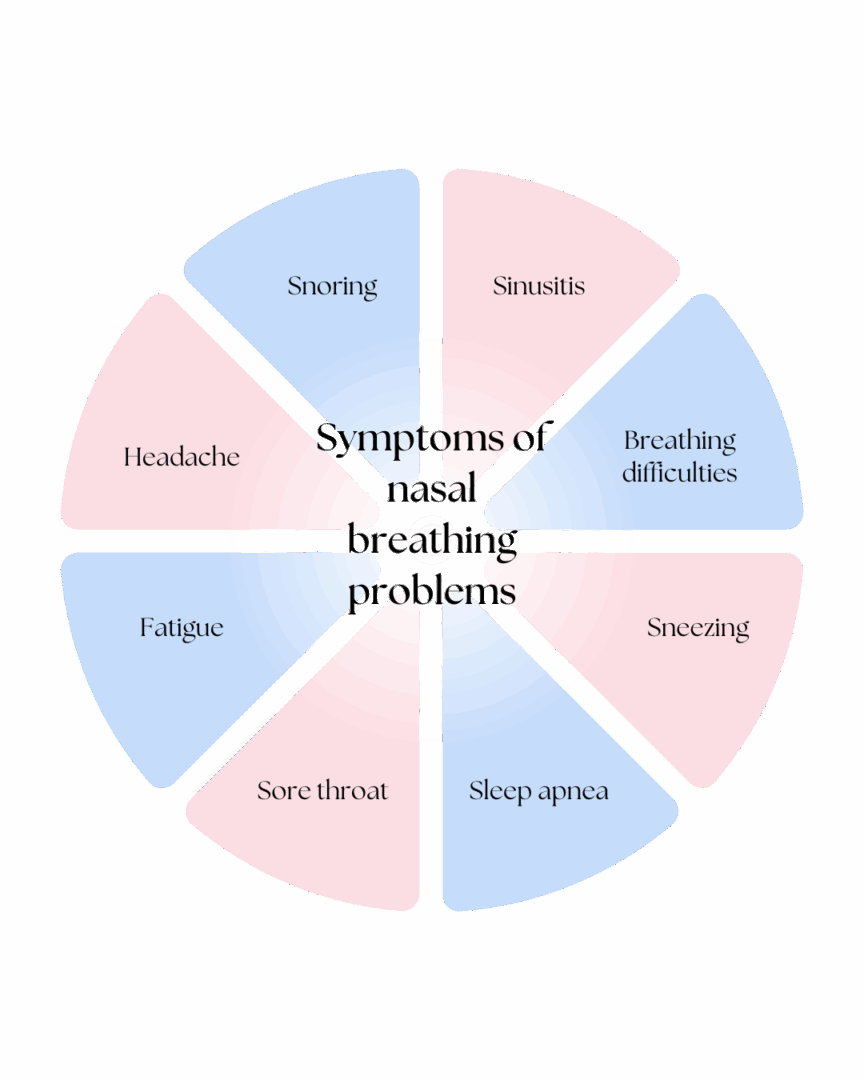
🤒 Symptoms of nasal breathing problems
Let’s have a look at all the issues that nasal breathing problems can cause.
Snoring
One of the most common issues people with nasal breathing issues face is snoring. The disturbed airflow, as well as the vibration of the tissues, produces the snoring sounds.
Snoring can ruin the quality of your sleep, preventing you from feeling well-rested.
Sinusitis
Sinusitis is another symptom that includes the irritation or swelling of the sinus passages. This also disrupts the drainage of the mucus, causing nasal congestion, wheezing, coughs, a runny nose, etc.
Breathing difficulties
Any issues in the nasal structure can lead to difficulties with breathing through the nose. This can also lead to sleep apnea. Furthermore, this can cause one to become a mouth breather, which comes with its own problems. Some of these include gum disease, bad breath, increased chances of throat infection, etc.
Sleep apnea
Breathing issues can also result in sleep apnea, a sleep disorder in which a person’s breathing stops and restarts over and over. This can lead to restlessness throughout the night and can be dangerous in the long run.
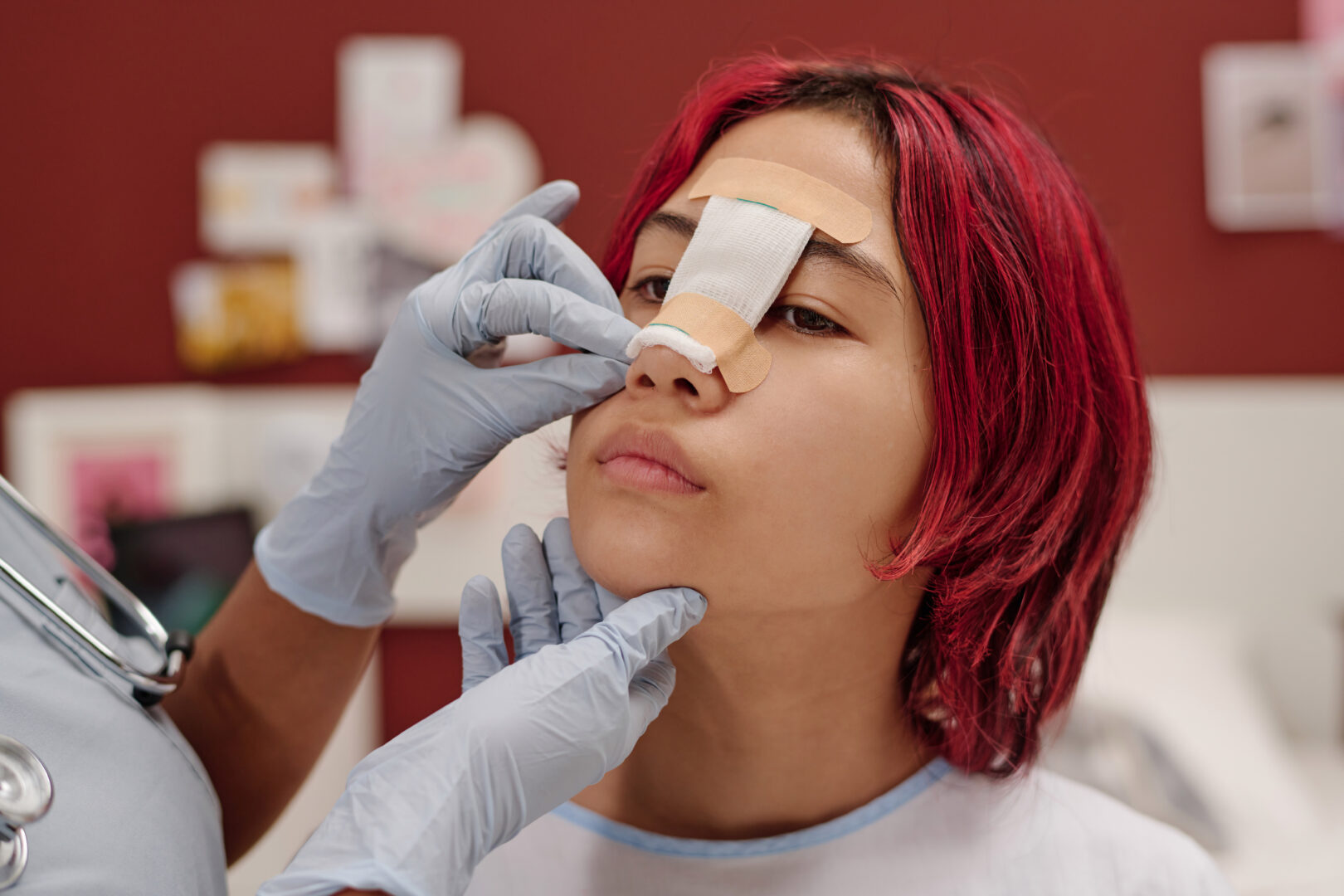
🤧 Causes of breathing problems
- A deviated septum can be one cause of breathing problems. It refers to when the nasal septum (the thin bone between the two nostrils) is not entirely in the middle. This can make one side of the nose smaller, disrupting the airflow.
- The nasal valve, extending from the center of the nose to the middle, plays a major role in filtering the air when breathing. A collapsed nasal valve makes the nasal passage narrow, causing difficulty in breathing.
- The turbinates in the nose help to warm up and humidify the air that passes through the nose. When they enlarge (hypertrophy), they cause disruptions in the nasal passages as well as breathing problems.
- Nasal polyps are growths within the mucosa (the soft tissue that covers the nasal and sinus cavities). When they swell up, they can disrupt the nasal and sinus passages, making it harder to breathe.
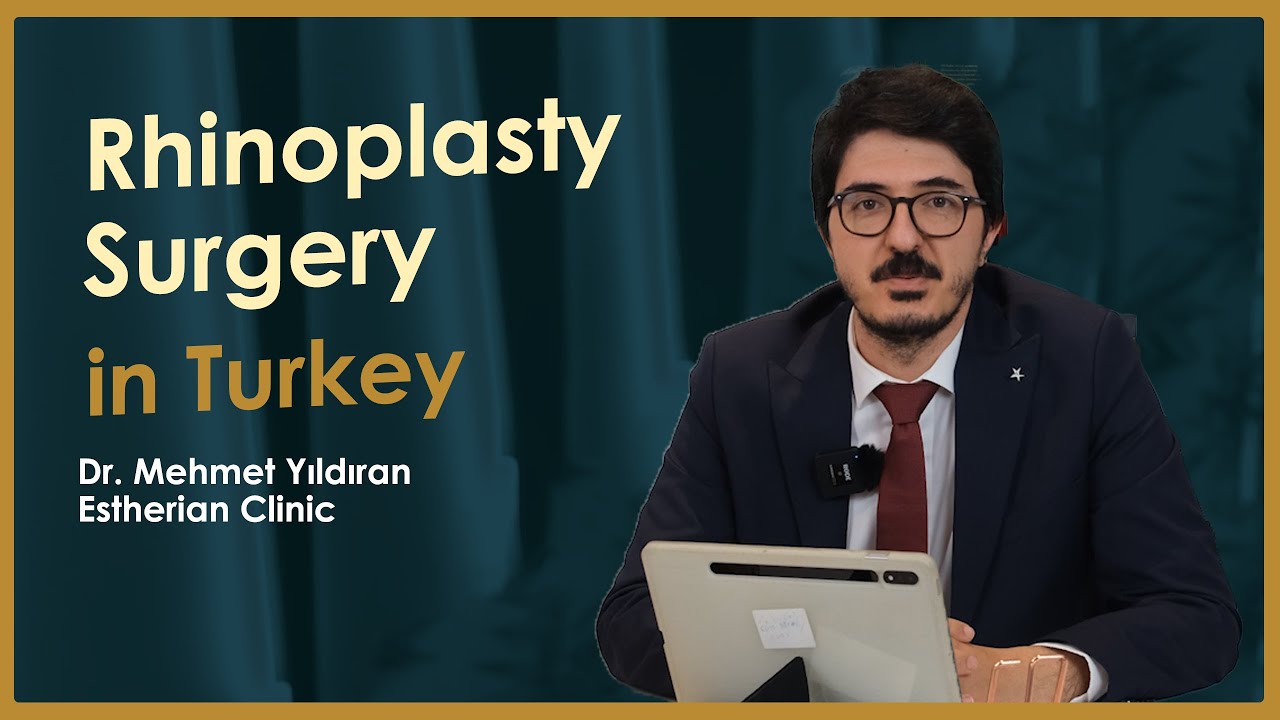
⚕️ Nose job to improve breathing
The term “nose job” commonly refers to a cosmetic rhinoplasty. When the procedure is performed for functional improvement, it is referred to as a “functional rhinoplasty”. The key indications for a functional rhinoplasty include breathing issues due to obstruction (DNS, enlargement of the nasal turbinates, nasal cartilage collapse, etc.), trauma, congenital nasal problems (cleft palate), chronic sinusitis, tumors, etc.
To suggest a functional rhinoplasty, ENT specialists or cosmetic/plastic surgeons perform the following diagnostic procedures:
- Detailed history (Allergies, sinus issues, trauma)
- Comprehensive physical examination
- Internal examination of the nose (nasal polyps, deviated septum, turbinate hypertrophy, scarring, adhesions, collapsed cartilage, etc.)
- Nasal endoscopy (detailed internal exam)
- CT scan (face, sinuses)
- Relevant blood tests (to rule out other issues)
The scope of a functional rhinoplasty depends on the exact nasal intervention required. Most functional rhinoplasties use an open or external approach for better visualization. However, an endonasal or internal/closed approach to functional rhinoplasty is also possible. Both general anesthesia and local anesthesia with conscious sedation are used for a functional rhinoplasty. The choice of anesthesia depends on the surgeon’s discretion.
📍 You can read about facial anatomy by visiting this page to have a better understanding of the different parts of the face.
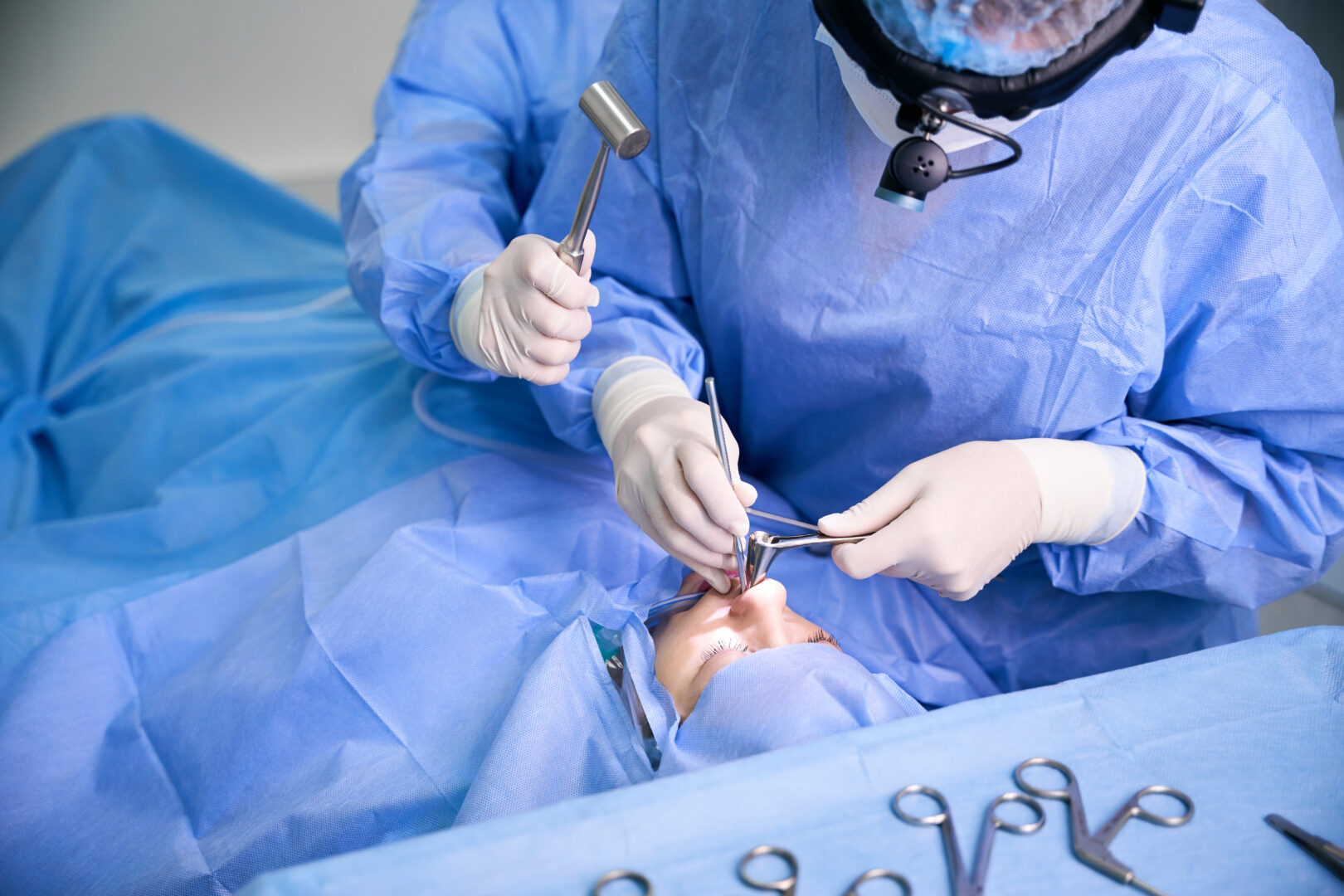
💊 Specific procedures
Turbinate reduction
The turbinates are small, bony structures inside the nose and help to humidify the nostrils. When they increase in size (hypertrophy), they can make breathing harder. The turbinate reduction procedure is a type of nasal obstruction treatment. It is done via the nostrils and aims to reduce the size of the turbinates for better airflow.
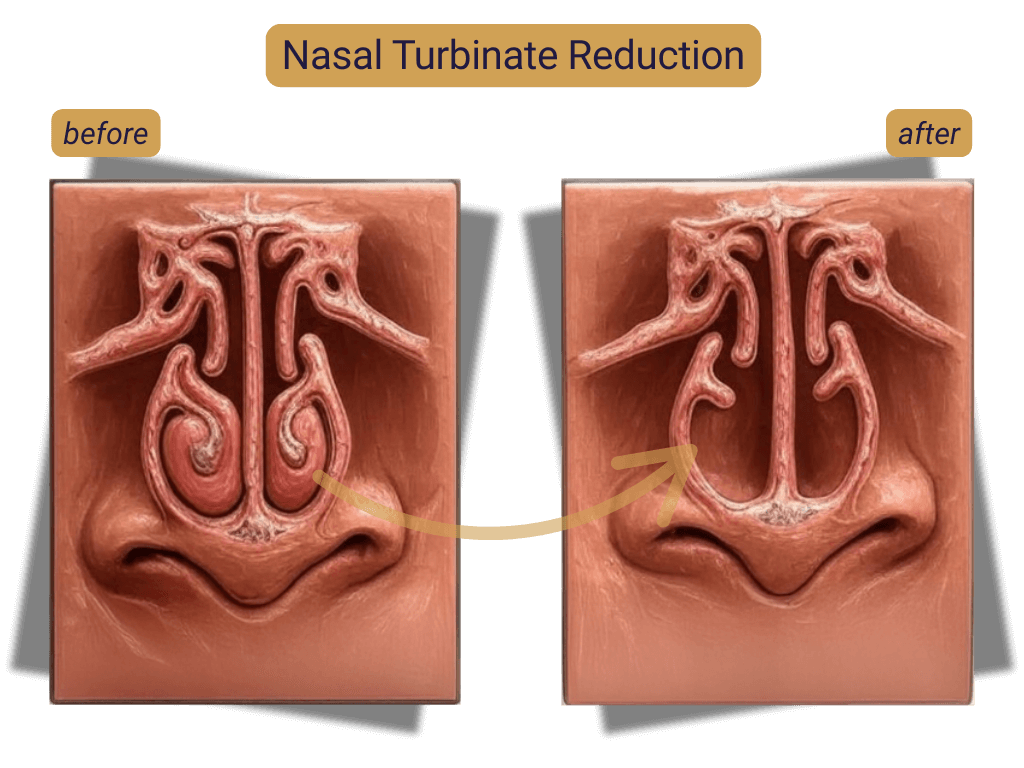
Nasal valve repair
A nasal valve repair procedure is done on the inside of the nose to treat a nasal valve collapse by strengthening the nostrils’ structural support.
Septoplasty
A septoplasty is a procedure meant to treat a deviated septum and straighten it out. One of its main benefits is that it supports better breathing.
📍 Planning on getting your rhinoplasty done in Turkiye? Here is a detailed guide to help you.
🧬 Comparing approaches
The differences between rhinoplasty and septoplasty are as follows:
| Cosmetic Rhinoplasty | Septoplasty | |
| Indication | Primarily for aesthetic improvement, it can lead to secondary functional benefits. | To improve breathing by correcting septal defects like DNS. |
| Anatomical Structures | Deals with nasal structures like the nasal tip, dorsal hump, nasal bones, and cartilage. | Corrects septal deformities inside the nose (nasal septum) |
| Surgical approach | May use an open or closed approach depending on the scope of cosmetic alterations. | Commonly uses a closed or internal approach. |
| Type of anesthesia | Usually performed under general anesthesia. | Local anesthesia with conscious sedation or general anesthesia. |
| Outcomes | Surgical outcomes may provide both cosmetic improvements and functional benefits. | Only functional improvement is provided by straightening the nasal septum and removing airflow obstruction. |
| Duration | Approximately 1.5 to 3 hours, depending on the scope. | Approximately half an hour to 90 minutes. |
| Post-surgical scarring | Risk of mild scarring with an open approach. However, scars gradually fade with time. | No external scarring in most cases. |
| Early recovery | The early recovery period is 10 – 14 days. | Patients recover after a week. (Early recovery) |
Septorhinoplasty
When cosmetic rhinoplasty and septoplasty are performed together, the procedure is known as a septorhinoplasty. A combined procedure provides aesthetic improvements and makes it easier to breathe at the same time. Since the surgeon performs both procedures in one sitting, the patient receives anesthesia only once and goes through a single recovery period. A septorhinoplasty is affordable and beneficial for those who want both cosmetic and functional nasal improvements.
You can check out our list of esteemed and highly qualified surgeons to know that you will be taken care of only by the best when you choose the Estherian Clinic.
Breathing Better—And What Happens Long-Term 🌬️
Rhinoplasty for functional issues like a deviated septum or collapsed nasal valves can significantly improve airflow and quality of life. However, it’s important to understand that long-term results depend on more than just the initial correction. Healing continues for months, and structural adjustments must remain stable over time to ensure sustained breathing improvement. Scar tissue formation, cartilage memory, or unforeseen shifts can subtly affect airflow in the years that follow. For a deeper look into what happens after recovery, explore our full guide on Post-Rhinoplasty Long-Term Results and Considerations.
🧪 Choose the Estherian Clinic for Exceptional Patient Care
We have the industry’s leading professionals ready to give you gold-standard treatment.
📞 Speak to our professionals by contacting us today!

